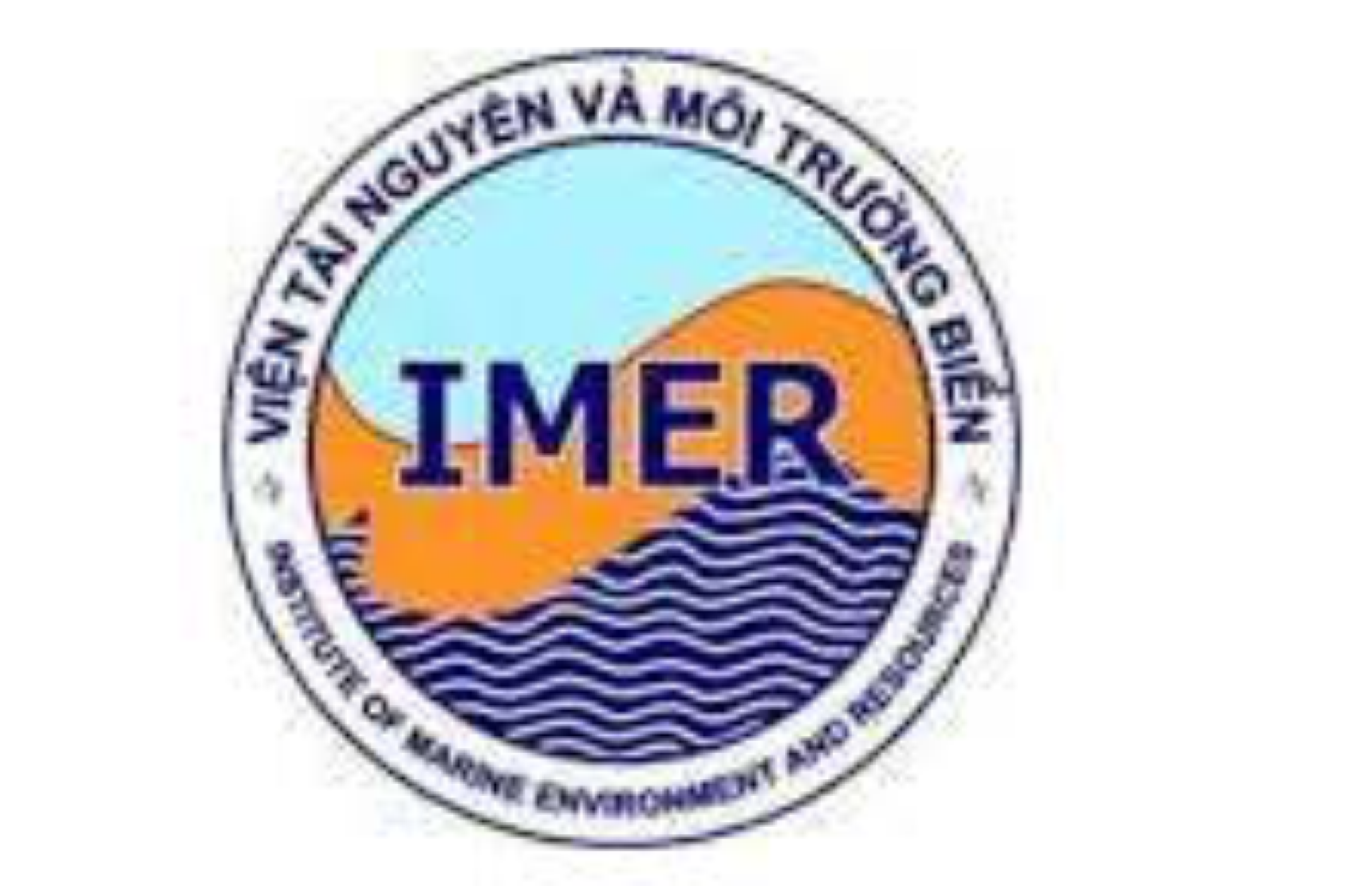Marine biodiversity in Ha Long bay and Cat Ba archipelago
Author affiliations
DOI:
https://doi.org/10.15625/1859-3097/19/3/13174Keywords:
Ha Long - Cat Ba, limestone island, sea, typical ecosystem, high diversity, rare, conservation, heritage.Abstract
Ha Long bay - Cat Ba island located in the Northeast of Vietnam, in the area of Ha Long city (Quang Ninh province) and Cat Hai island district (Hai Phong city) is the largest limestone island in Vietnam. Features of biodiversity include the seven typical ecosystems of tropical limestone islands, namely tropical rainforest ecosystem, cave ecosystem, mangrove ecosystem, tidal ecosystem, coral reef ecosystem, soft-bottom ecosystem. Ha Long - Cat Ba also represents a high level of species diversity with 4,622 species of plants and animals on land and in the sea. In particular, on land there are 2,464 species, accounting for 53.3% and under the sea there are 2158 species, accounting for 46.7%. Up to 16 species and 114 species have been recorded in the Vietnam Red List and in the IUCN List, respectively. Together with hundreds of rare and precious species at national and regional levels, there are species of global conservation value, demonstrating that Ha Long bay - Cat Ba archipelago can possibly be a world heritage site according to the criteria of biodiversity (ix and x criteria).Downloads
Metrics
References
State Committee for Science and Technology, 1981. Provisional Process of the Integrated Marine Survey. Science and Technics Publishing House, 205 p. (in Vietnamese).
Institute of Marine Resources and Environment, 2014. Process of investigation and survey of marine resources and environment. Publishing House for Science and Technology, 291 p. (in Vietnamese).
English, S. S., Wilkinson, C. C., and Baker, V. V., 1997. Survey manual for tropical marine resources. Australian Institute of Marine Science.
Cerrano, C., Azzini, F., Bavestrello, G., Calcinai, B., Pansini, M., Sarti, M., and Thung, D., 2006. Marine lakes of karst islands in Ha Long bay (Vietnam). Chemistry and Ecology, 22(6), 489–500.
Jap Jan Verrmeulen, Katja Anker, 2017. Outstanding global values in geology and environment in Cat Ba archipelago and Ha Long bay. Proceedings of the Biodiversity Conservation Solutions in Ha Long bay and Cat Ba archipelago. IUCN Vietnam; p. 16–23.
Do Cong Thung, 2014. Conservation of coastal biodiversity in Vietnam. Publishing House for Science and Technology. 420 p.
Dawson, M. N., 2005. Five new subspecies of Mastigias (Scyphozoa: Rhizostomeae: Mastigiidae) from marine lakes, Palau, Micronesia. Journal of the Marine Biological Association of the United Kingdom, 85(3), 679–694.
Ngai, N. D., Van Thao, D., Do Cong Thung, L. T. T., Tien, D. D., Van Quan, N., and Van Chien, P., 2015. Biological Community in Submerged Caves and Marine Lakes in ha Long-Cat Ba Area, Vietnam. Journal of Life Sciences, 9, 541–548. doi:10.17265/1934-7391/2015.11.006.
Nguyen Thin, 2007. Methods of plant research. Vietnam National University Press, 171 p. (in Vietnamese).









